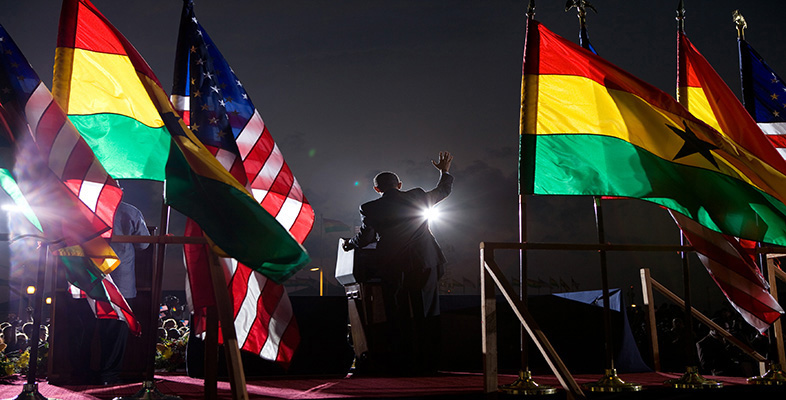Conclusion
We said earlier that looking at speeches and speech-making would allow us to see the ideas of ‘voice’ and ‘text’ converging. Let’s review the ‘voice’ element first.
Since a speech is, by definition, a form of oral communication, the speaker’s voice is a key component in the process, both literally and metaphorically. At a metaphorical level, anyone who makes a speech is articulating a particular, individual point of view, so their ideas and opinions are in a sense embodied in their voice. At a literal level, the actual sounds, pace, rhythm, dynamics and expression in a speaker’s voice all have an effect on the listeners and contribute to the effects of a speech.
But a speech is also a text that has usually (though not always) been written down. Even in apparently impromptu examples, such as the powerful speech of the miner’s wife selected by Tony Benn in the audio piece, we notice that the words have been crafted to achieve particular effects. Like written texts, speeches are composed, often using the tried and tested devices of classical rhetoric. Sometimes the real speech-writer may be an anonymous figure standing in the shadow of a famous orator who actually delivers the speech – but if the speech is to sound authentic, listeners need to be persuaded that there is no gap between composition and delivery.
